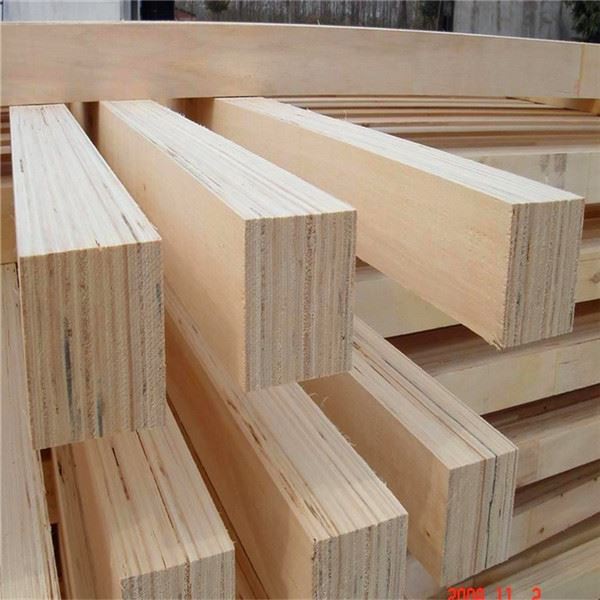Nowadays, plywood is a three-layer or multi-layer plate-like material made of wood pieces that are peeled into veneers or sliced into thin wood, and then glued with adhesive. Generally, odd-numbered veneers are used and adjacent layers The fiber directions of the veneers are glued straight to each other.
In order to improve the anisotropy of natural wood as much as possible, and make the plywood have uniform characteristics and stable shape, the structure of plywood generally must follow some principles and points, one is symmetrical, and the other is that the fibers of adjacent layers of veneer are straight. The principle of symmetry is to require the veneers at both ends of the center plane of symmetry of the plywood. Regardless of the nature of the wood, the thickness of the veneer, the number of layers, the fiber direction, and the moisture content, they should be symmetrical to each other. In the same plywood, a single tree species and thickness can be used. For boards, veneers of different tree species and thicknesses can also be used, but any two symmetrical veneer trees at both ends of the symmetrical center plane must have the same species and thickness. The front and back boards are not allowed to be the same tree species.
Plywood manufacturers have learned that plywood is a common building decoration material in our lives, but there are many products on the market. If we want to use qualified products, we need to distinguish the quality of the products. To make the structure of plywood-plywood conform to the above two basic principles, its number of layers should be odd, so plywood is generally made of three, five, seven and other odd layers. The surface veneer is called the surface board, the inner veneer is called the core board, the front surface board is called the front board, and the back surface board is called the back board. In the core board, the fiber direction parallel to the surface board is called the long core board or In the middle plate, when forming the cavity table slab, the front plate and the back plate must face outwards tightly.


